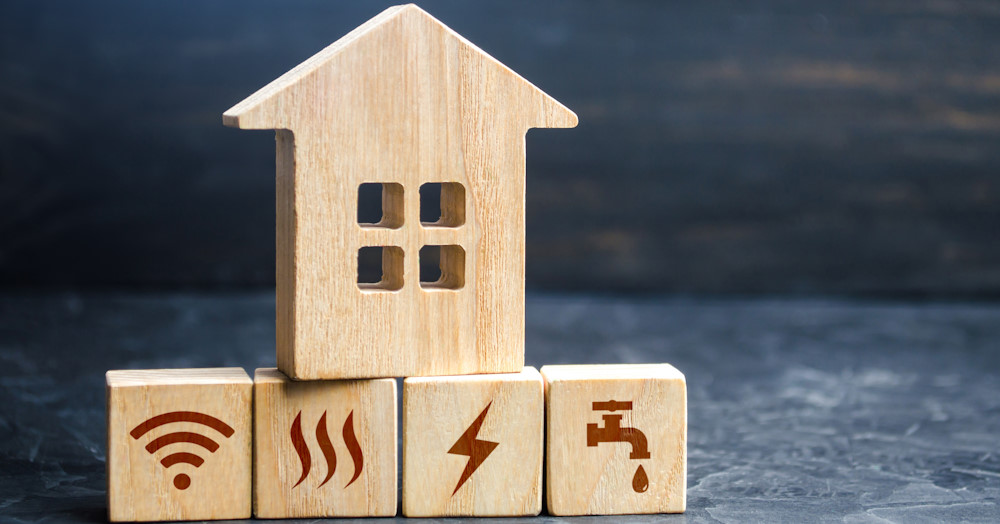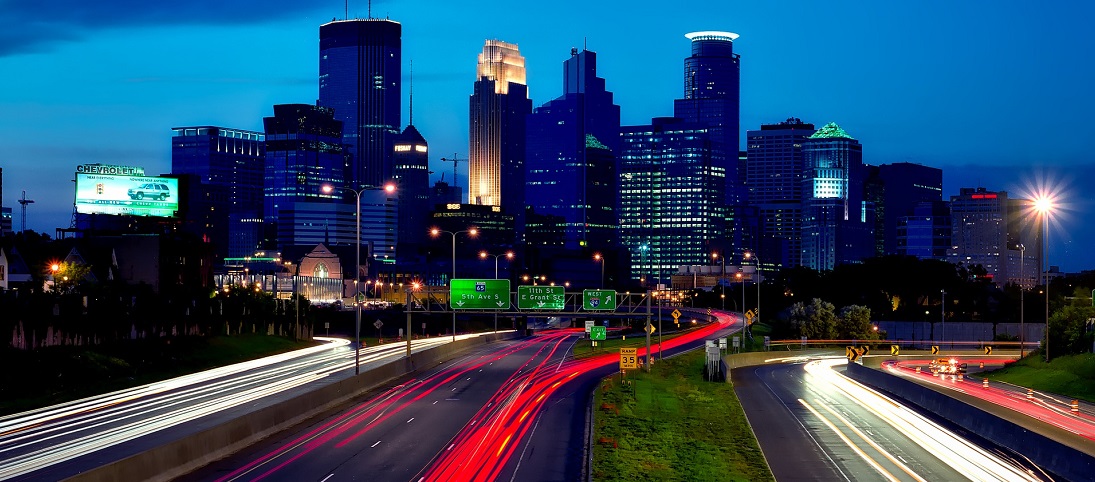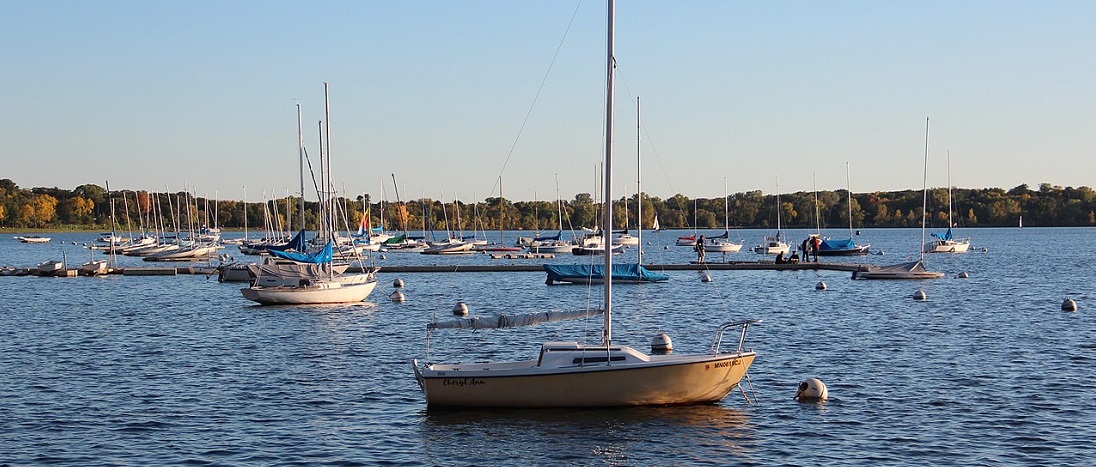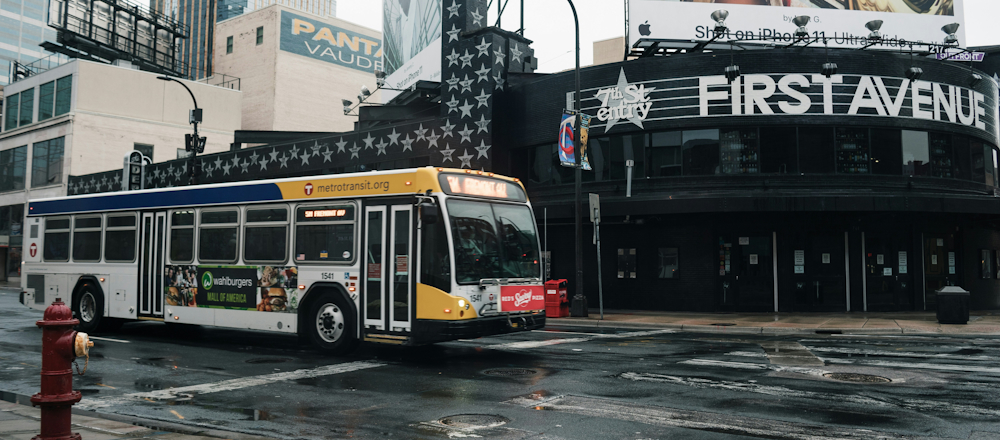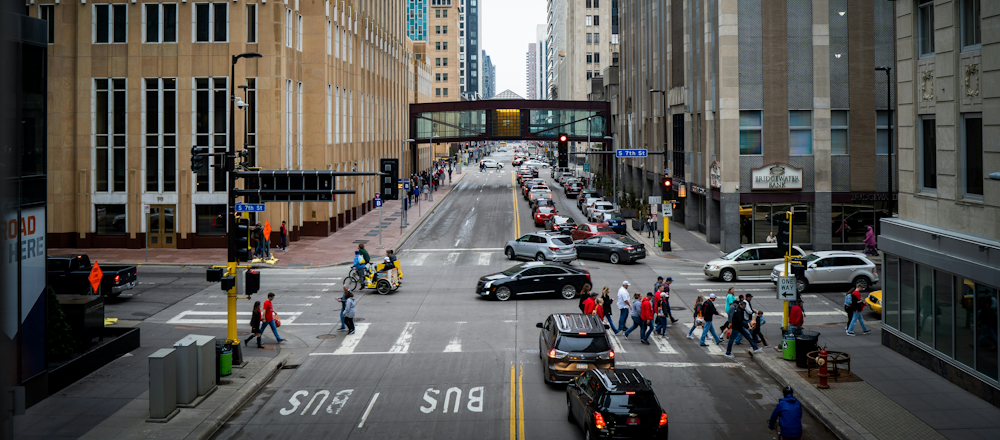Moving to Minneapolis means you’re really relocating to two cities in one: Minneapolis and Saint Paul – the state capital. With only the Mississippi River separating them, the ‘Twin Cities’ form the centre of a large metropolitan area sprawling across the flat Minnesota countryside, making it an ideal base for business professionals and expat families alike.
Living in Minneapolis as an expat
The abundance of water in Minneapolis, combined with the city’s many parks, creates a beautiful blue-and-green patchwork landscape, connected by countless bike and walking paths. Besides plenty of greenery to enjoy, there is so much to see and do here. The city has a rich cultural life and a thriving music and theatre scene, as well as many excellent restaurants and a booming coffee shop culture.
As one of the largest cities in the Midwest, Minneapolis is an important economic centre in the US, with major industries including finance, commerce, transport, and healthcare. Home to 17 Fortune 500 companies, including UnitedHealth Group and Target, the city attracts plenty of new residents and business professionals looking to advance their careers in the Twin Cities.
If you live closer to the city centre, you’ll have easy access to the expanding public transport network, which consists of buses, light rail, and commuter rail. The system is growing rapidly, with new bus rapid transit lines launching in 2025, including connections from downtown to surrounding areas.
If you live and work downtown, you can also use the Minneapolis Skyway System, which is a series of heated pedestrian bridges connecting 80 city blocks. There are many restaurants and shops along these passageways, making it much easier to get around the city during the chilly winters.
Lifestyle in Minneapolis
Finding a Job in Minneapolis
Getting Around in Minneapolis
Cost of living in Minneapolis
The cost of living in Minneapolis is relatively affordable compared to many other major US cities, making it increasingly popular with professionals seeking value. While it is more budget-friendly than places like New York City, Dallas, and Philadelphia, expenses can still vary depending on your lifestyle and housing choices.
Suburban accommodation and utilities are generally well priced, and overall, the cost of living in Minneapolis is lower than in many other large metropolitan areas. This makes it an attractive option if you’re looking for a balance between affordability and quality of life.
Accommodation and Utilities in Minneapolis
Families and children in Minneapolis
Parents will be pleased to know that there is a wide selection of excellent public and private schools to choose from, with many neighbourhoods ranking highly for family-friendly amenities. The main campus of the University of Minnesota is also located here, along with a number of smaller colleges and universities. Most neighbourhoods in Minneapolis are well equipped with everything children might need, from recreational centres and community swimming pools to museums and libraries.
Public and Private Schools in Minneapolis
Best Neighbourhoods in Minneapolis
Healthcare and Hospitals in Minneapolis
Climate in Minneapolis
The climate in Minneapolis is classified as continental, and the weather is characterised by harsh winters and moderate to hot summers. In winter, snowfall is abundant, and temperatures typically fall below freezing. Rainfall is common throughout the year, but the wettest month of the year is June.
New arrivals in Minneapolis will notice a sense of community and pride among the residents. You should have no problem meeting people if you’re willing to participate in community activities. Minneapolis is known for its friendly inhabitants, and with the help of a bit of ‘Minnesota nice’, it should not take long for the Twin Cities to feel like home.




